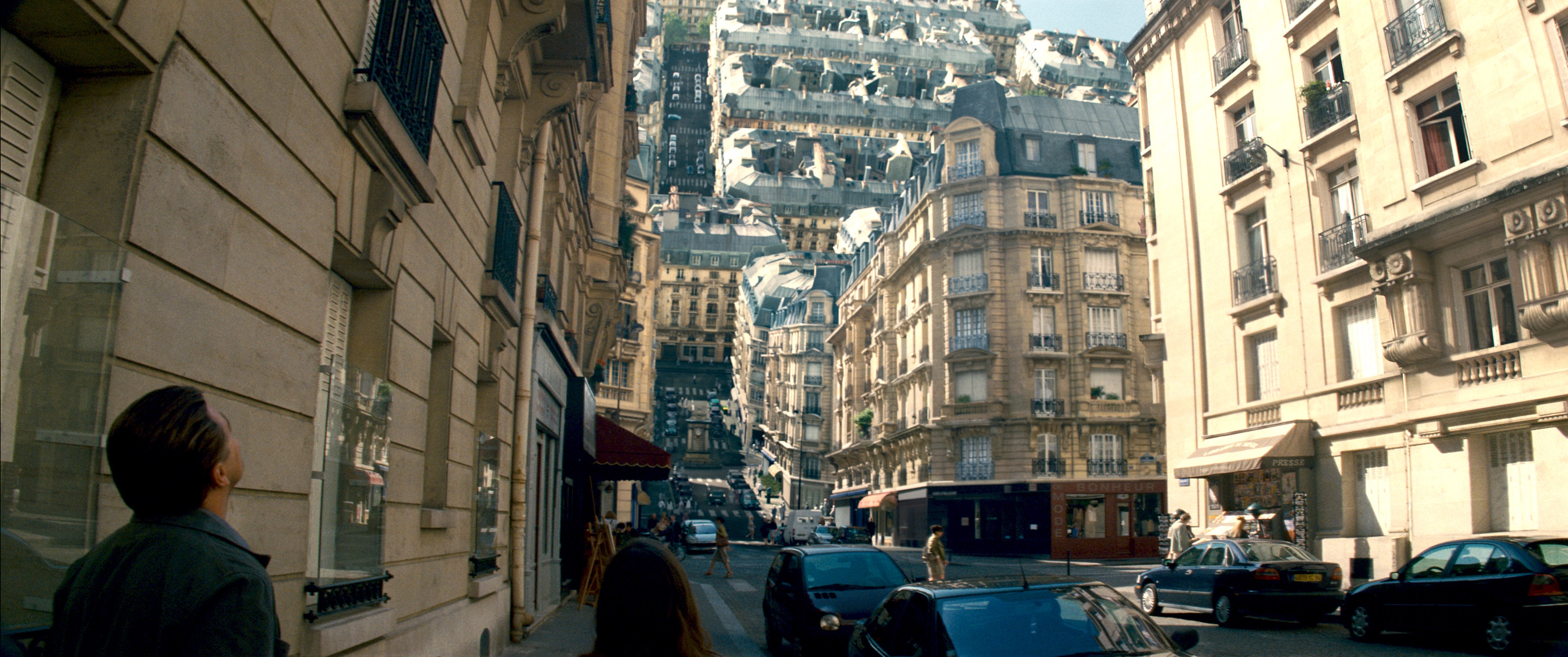Create a free profile to get unlimited access to exclusive videos, sweepstakes, and more!
Like other creative types, Inception’s architects might do their best work when half asleep
We all hate being woken up right as we're drifting off, but it's perfect for creativity.

There’s common wisdom that when you’re faced with a problem you can’t solve, you should sleep on it. The popular belief is that the sleeping mind will be able to sort out the variables, leaving you with a nice clean answer when you awake.
Certainly, there is evidence that sleep is important for the creative process. At the very least a lack of sleep results in a decrease of cognitive ability. Thomas Edison was known to take brief naps while holding steel balls in his hand, the thinking being that the spheres would drop as soon as he fell asleep and the loud noise would wake him up, allowing him to capture whatever creative processes were available at the edge of sleep.
That’s the hypothesis scientists set out to verify in a new study testing the effects of sleep on the brain’s creative capacity. Célia Lacaux from the Paris Brain Institute at Sorbonne University, and colleagues, designed a study which captured the impact of those first few moments of sleep to determine if Edison was really onto something. Their findings were published in the journal Science Advances.
“The popular belief is we sleep, we wake up, and directly we have the solution to a problem, but that isn’t what we observed,” Lacaux told SYFY WIRE.
Participants were given a series of math problems to solve, all of which had a single underlying trick which, once uncovered, made the solving much easier. Participants were measured for speed and accuracy to develop a baseline, then they were given a break period. During the break, participants were monitored on video and via electroencephalographic (EEG), electro-oculographic (EOG), and electromyographic (EMG) methods. Those observations allowed scientists to determine what level of sleep, if any, the participants experienced.
Study participants were broken into three groups based on their measurements during the break period. The first group consisted of those who stayed awake for the entire period, those who entered into the first stage of sleep known as N1 but did not experience deeper sleep, and those who fell into a deeper sleep stage known as N2. Then the participants were tested on the math problems again.
Researchers found that the N1 group, who experienced at least 15 seconds of stage one sleep, nearly tripled in their ability to discover the secret trick for solving the problems. 83% of the N1 group discovered the trick compared to 30% of the group which stayed awake.
“We don’t know the precise mechanism behind it, but we believe the frontier between wakefulness and sleep might be an ideal cocktail for creativity,” Lacaux said. “We start losing cognitive control but at the same time we remain a bit conscious. So, it’s ideal for generating ideas while keeping a bit of consciousness to test their validity.”
These early stages of sleep might be when the brain is sorting out trace memories and consolidating them. The flexible mental environment between wakefulness and sleep could be allowing the brain to parse all of that information in a uniquely creative way while your brain is still aware enough to grab onto the information. Surprisingly, the N2 group did not attain the same level of creativity upon waking, suggesting that deeper sleep erases the creative benefit achieved in the early stages of sleep.
“We were really surprised. We thought we would have an increase in N1 and still have that increase in N2,” Lacaux said. “It might be that N2 is overwriting what N1 has done for an unknown reason. Maybe we need to awaken in a creative mindset. Maybe we need the last sleep stage to be a creative one to be able to retrieve it.”
If you want to achieve higher levels of creativity, whether you’re an artist of some kind or a corporate spy building complex worlds inside of dreams, your best bet is to find a way to slip into the first stage of sleep and then slip out before the benefits are lost. There are a couple of ways you can do that, some of them more feasible for the average person than others.
“You can do the Edison technique we used in the paper. Hold an object and have short naps. It has to be recreative naps, not power naps. If you are tired, you’ll skip the N1 stage and go directly into deeper sleep and miss the creative spot,” Lacaux said.
There are also more technologically advanced methods, though they’re not as readily available. A wearable device called Dormio has the ability to record sleep signals and could be paired with another system to wake you up at the appropriate time. Alas, the device is not yet commercially available. Future computer-brain interfaces could achieve a similar goal, when and if they become widely available.
All of that may not be necessary, however. The study found that some participants were able to slide into the necessary creative brain state without entering sleep at all.
“When we looked at their EEG, they had the same cocktail. It’s really the hybrid state that’s important for creativity. Most of the time that hybrid state equals N1 sleep, but you could also get the benefit from mind wandering or daydreaming.”
The next time you get dressed down at work for dozing off or daydreaming, you can rest easy in the knowledge that you were really doing a little creative problem solving.



























